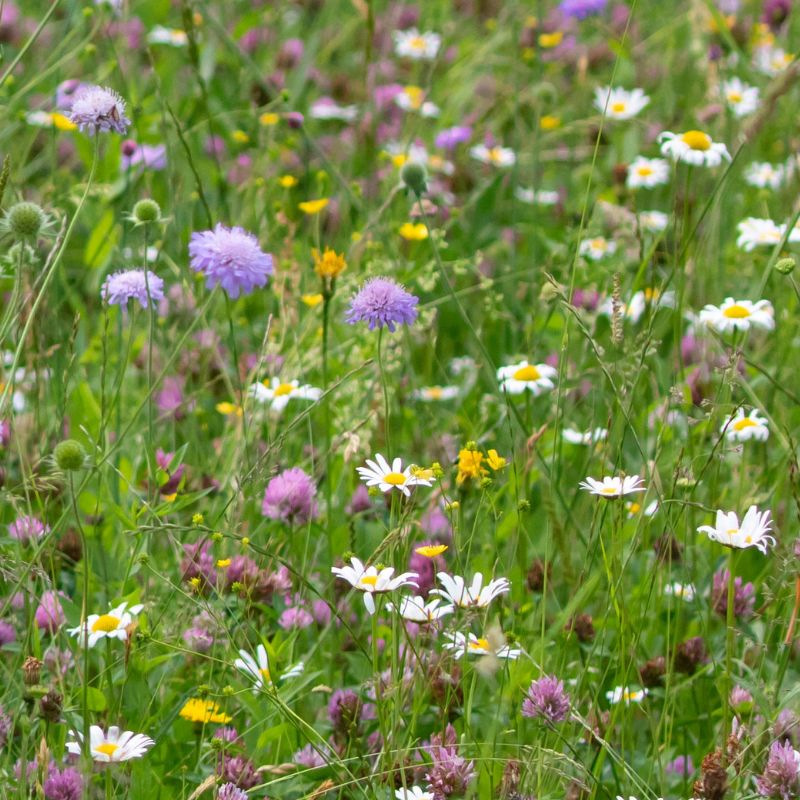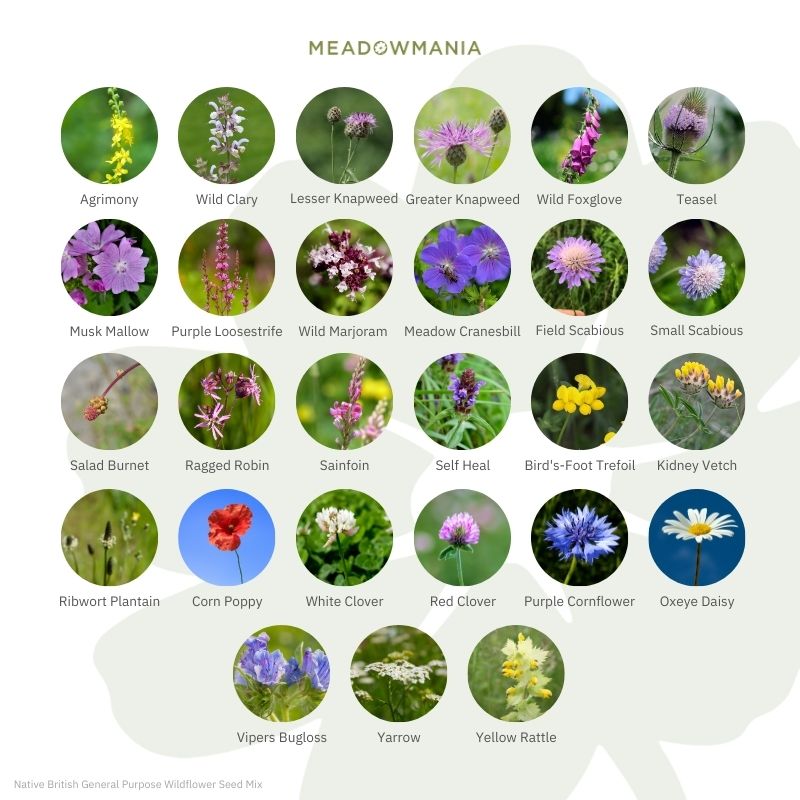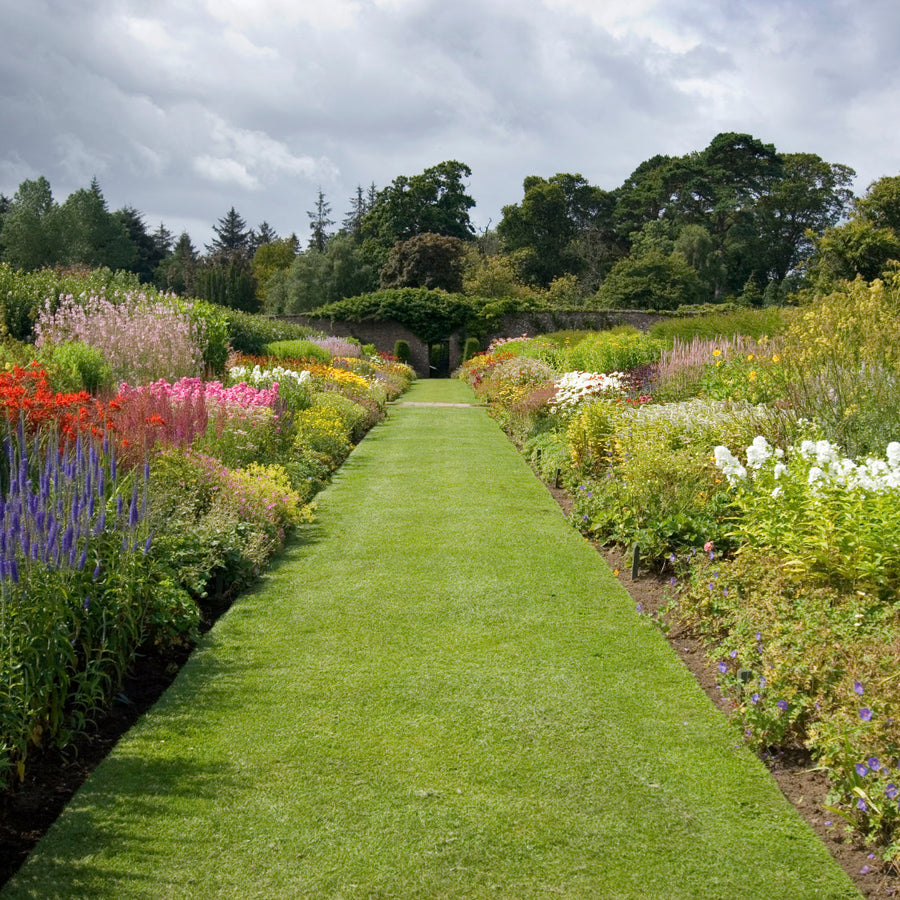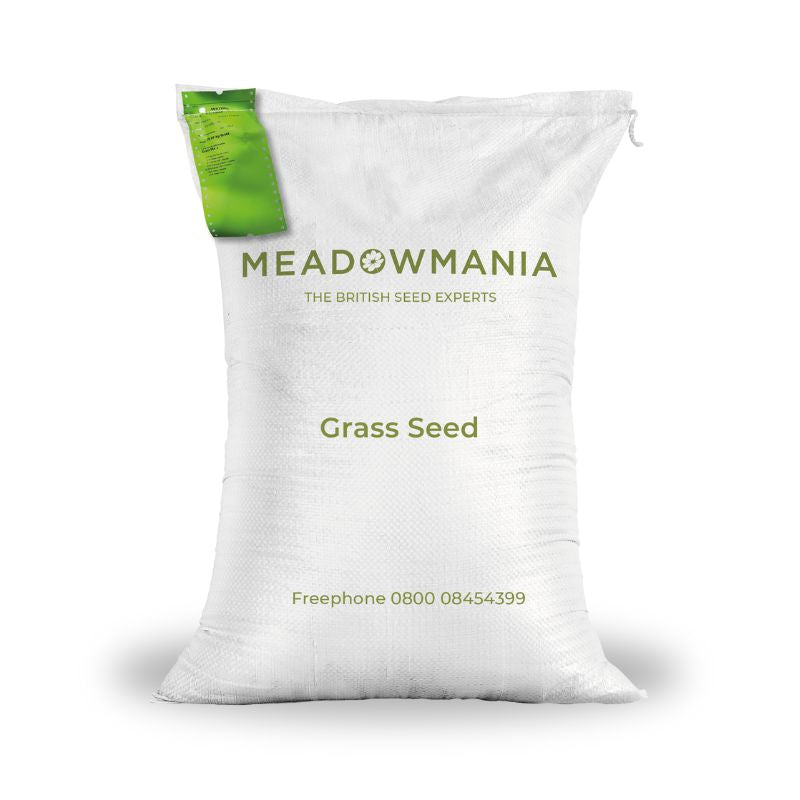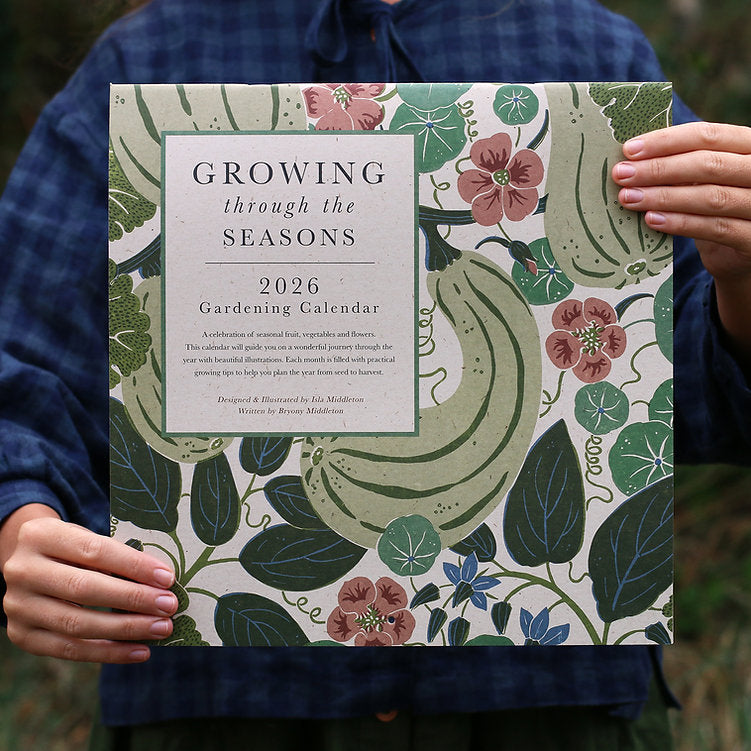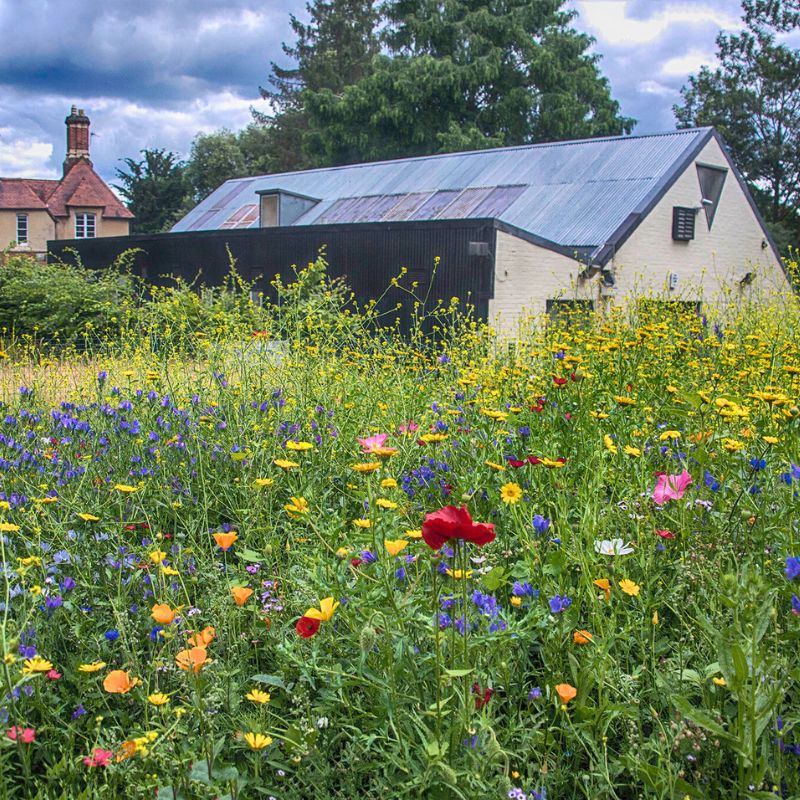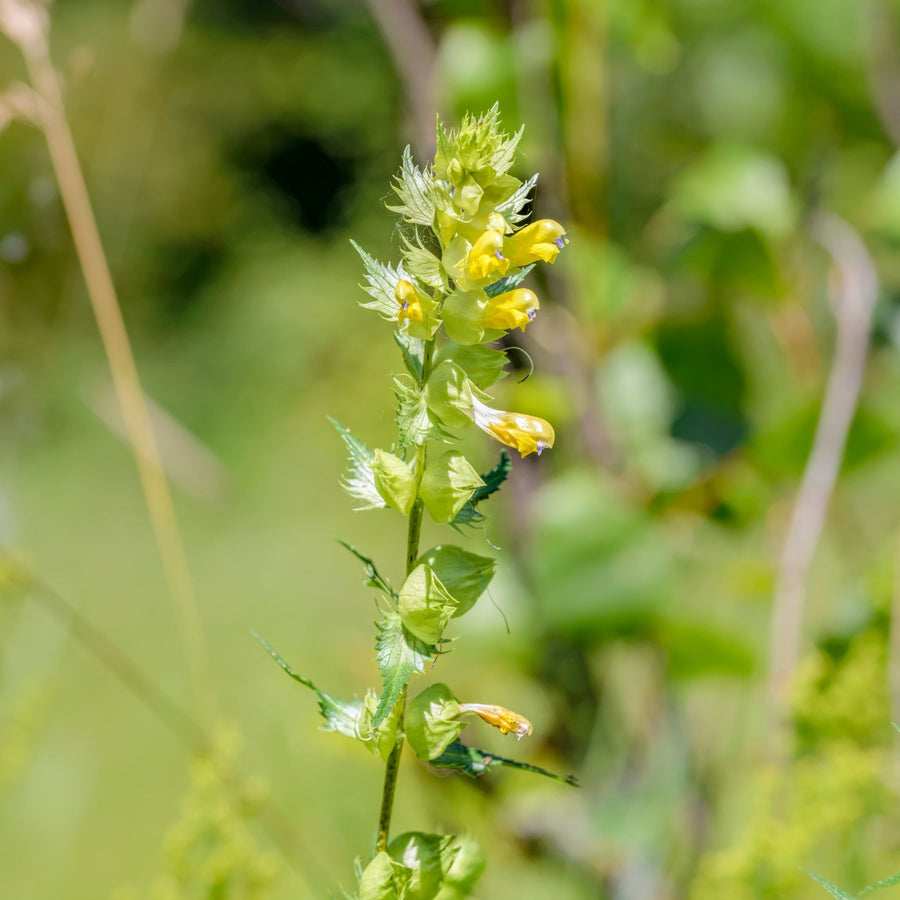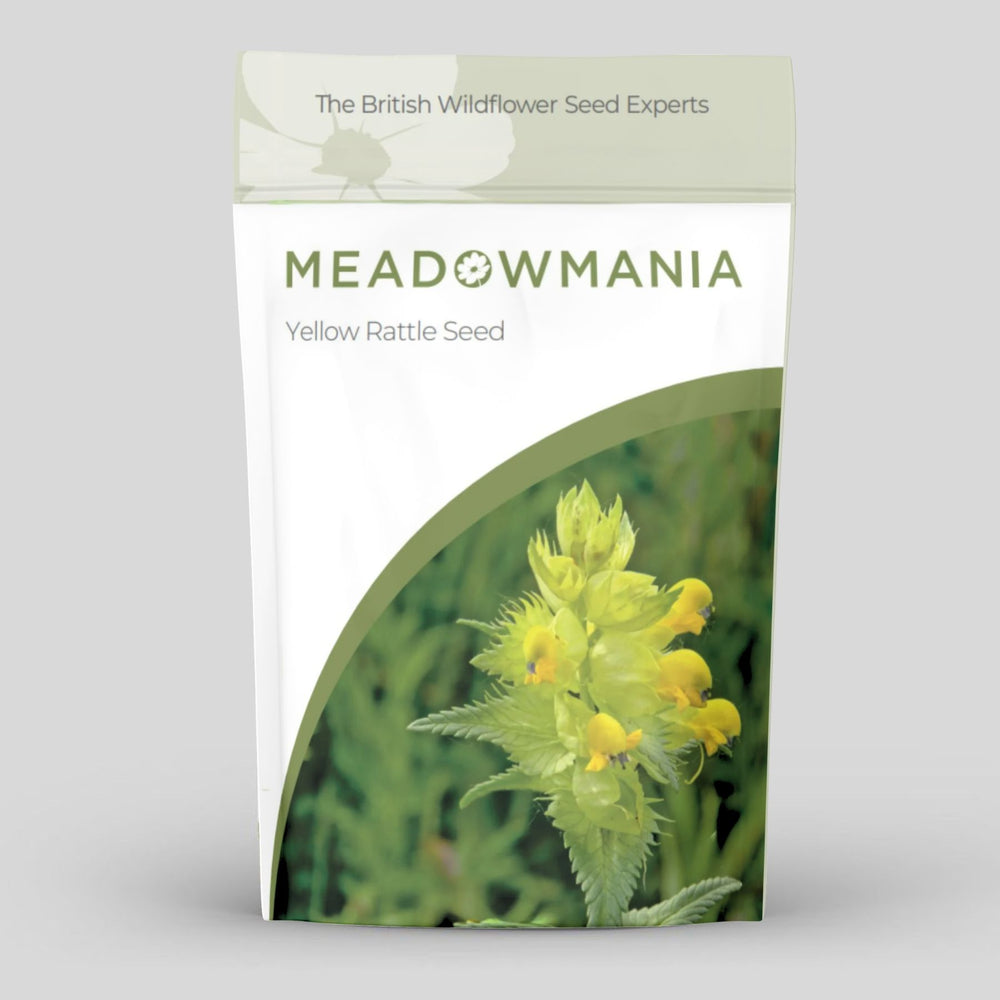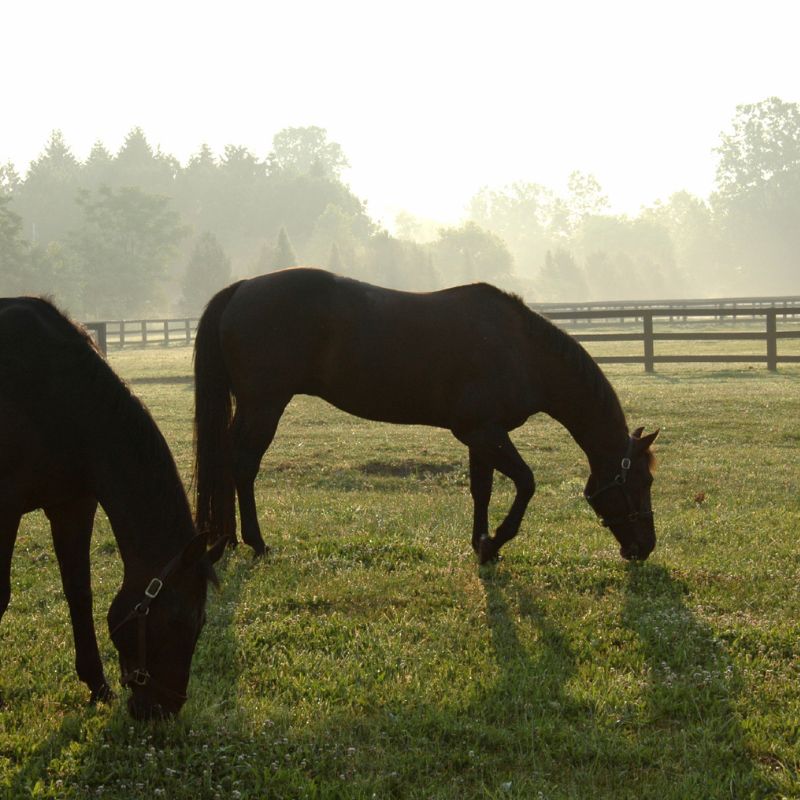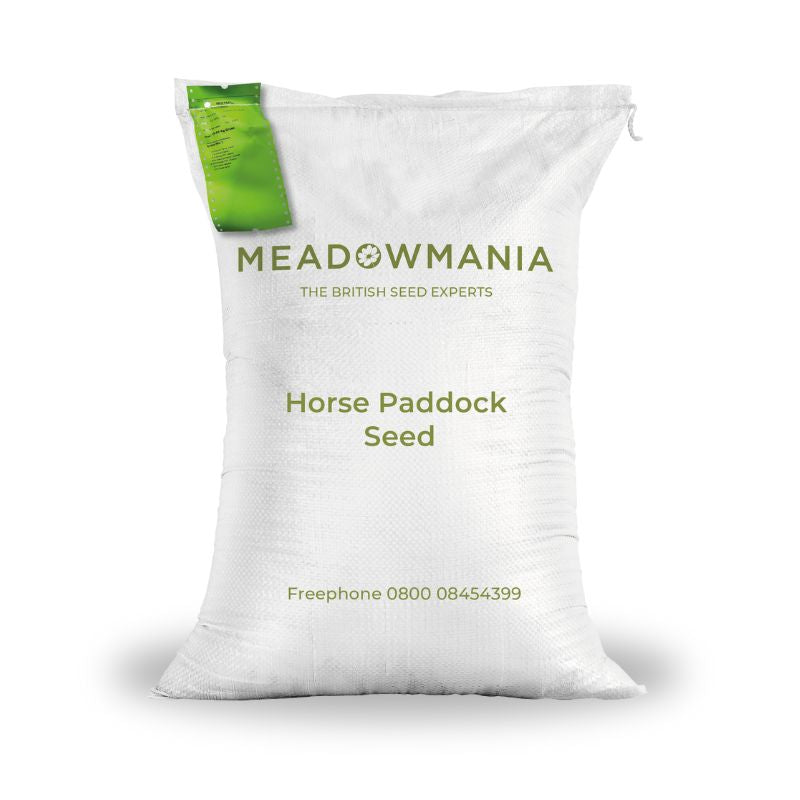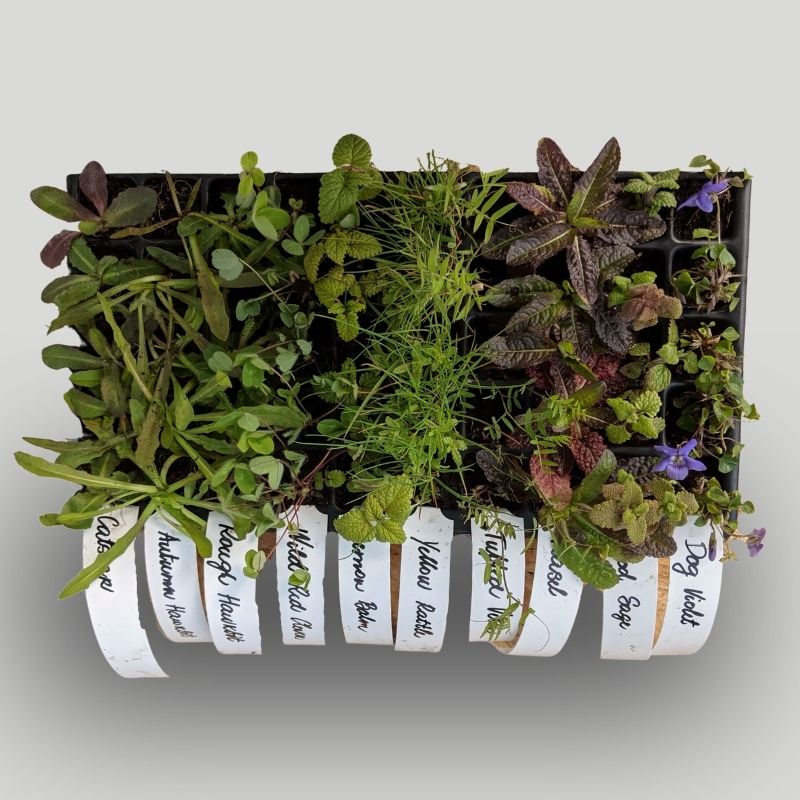
Planting Wildflowers for Biodiverse & Sustainable Landscapes
As the emphasis on sustainability continues to grow within the landscape architecture and civil engineering sectors, the way we approach outdoor spaces is evolving. Traditional, well-maintained lawns are increasingly being replaced by wildflower meadows, which not only enhance the aesthetic appeal of landscapes but also offer significant ecological benefits. For landscape professionals working on both commercial and residential projects, incorporating wildflower planting is a key strategy for creating sustainable, biodiverse environments. At Meadowmania, we are committed to supporting businesses and landowners in making meaningful contributions to local ecosystems through the power of wildflower meadows.
Wildflowers and Biodiversity in Landscape Projects
Wildflower meadows go far beyond visual appeal; they are essential for supporting local wildlife and promoting biodiversity. Unlike traditional lawns, which are often monocultural and offer limited ecological value, wildflower meadows create diverse habitats for a wide range of species. With the UK having lost over 97% of its wildflower meadows since the 1930s and with one-third of its bee species in decline, the restoration of these vital habitats has never been more important. Planting native wildflowers provides crucial resources for pollinators such as bees, butterflies, and moths, along with birds, small mammals, and other beneficial insects.
This approach is increasingly relevant for Biodiversity Net Gain (BNG) strategies, which encourage developers, businesses, and landowners to enhance local biodiversity through responsible land management. Wildflower meadows play a vital role in achieving BNG targets by improving habitat quality and providing measurable benefits to the natural environment. In this context, wildflower planting offers a practical and impactful solution for enhancing biodiversity in new and existing developments.
Water-Saving Landscaping for Sustainable Growth
As water conservation becomes an increasingly critical issue—especially with the Environment Agency forecasting a potential water deficit of up to 4 million cubic metres per day by 2050—landscaping that reduces water consumption is essential. Wildflower meadows, with their ability to thrive in local soil and climatic conditions, require significantly less water than traditional lawns or non-native plantings. This makes them an ideal choice for sustainable landscape projects, where water-saving measures are a key priority.
By opting for native wildflowers, you can help reduce water consumption while still achieving a vibrant and ecologically rich landscape. This sustainable approach aligns with growing public and corporate recognition of green initiatives, making it an attractive option for both businesses and landowners seeking to reduce their environmental impact.
Long-Term Environmental Benefits
Wildflower meadows are an investment in long-term environmental stewardship. Landscape architects and developers are increasingly incorporating stewardship practices to foster sustainability and improve biodiversity across their projects. By planting native wildflowers, you are contributing to the restoration of local ecosystems and supporting the broader goals of conservation and habitat enhancement.
These initiatives also align with various environmental certifications, compliance standards, and sustainability guidelines that are becoming integral to landscape and development projects. As such, wildflower planting not only enhances the ecological value of a space but also demonstrates a commitment to preserving the environment for future generations, ensuring that projects contribute positively to both local and national biodiversity goals.
Eco-Friendly and Low Maintenance
One of the key advantages of wildflower meadows is their low-maintenance nature, making them a practical choice for commercial and civil engineering projects. Traditional lawns demand frequent mowing, watering, and chemical treatments, which are resource-intensive and potentially harmful to the environment. In contrast, once established, wildflower meadows require minimal care—typically just one cut at the end of summer. This significantly reduces the need for excessive water, fertilisers, and pesticides, making it an environmentally friendly solution for large-scale projects.
Additionally, the low-maintenance nature of wildflower meadows helps reduce ongoing costs and labour, freeing up resources for other important tasks and supporting long-term sustainability.
Ready to Embrace Wildflower Planting in Your Projects?
For professionals working in landscape design and civil engineering, planting wildflowers is a simple yet powerful way to achieve sustainability and biodiversity objectives. Whether your goal is to contribute to Biodiversity Net Gain, reduce water usage, or create vibrant, low-maintenance spaces, wildflower meadows are a valuable tool in your design toolkit.
The best time to plant wildflowers is in spring (between mid-March and May) and autumn (September and October), when conditions are ideal for seed germination. At Meadowmania, we offer a range of high-quality wildflower seed mixes tailored to suit local climate and soil conditions. Our expert team can guide you through the selection process, helping you choose the right mix for your project and ensuring the ongoing success of your wildflower meadow.


